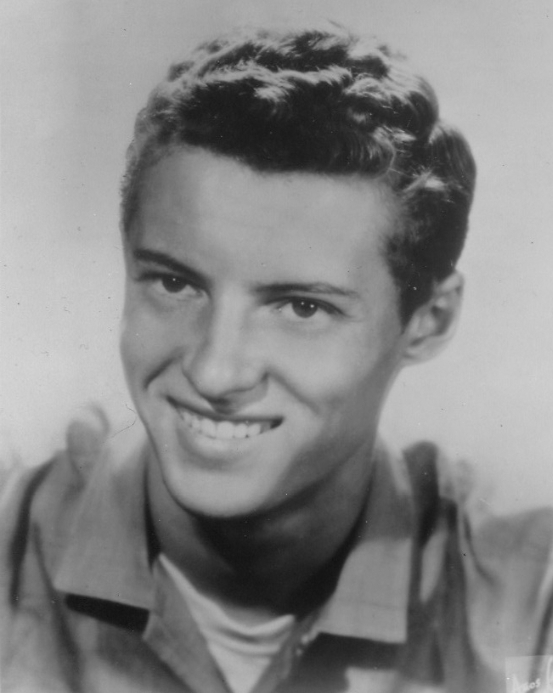Carrie Nation Attacks First Saloon, 1899
 |
| "Good Morning, Destroyer of Men's Souls," she'd say to bartenders. |
She was born Carrie Amelia Moore in Kentucky, in 1846. Insanity ran in her family, and her mother often believed she was Queen Victoria. (Some say she believed she was a lady-in-waiting to the queen.) The family moved a few times, due to financial difficulties and displacement by the Union Army, and finally settled in Missouri. There she met her first husband, Dr. Charles Goyd.
Dr. Goyd had a drinking problem. After the birth of one daughter, the Goyds separated, and Dr. Goyd died less than a year after the separation. The daughter, Charlien, had mental problems, which Carrie believed came about because of her husband's alcoholism. Carrie Nation would credit her experiences with Goyd as the basis of her life-long loathing for alcohol.
Carrie married her second husband, David Nation, in 1874. Nation was a lawyer, minister, and newspaper editor. The couple settled in Medicine Lodge, Kansas, where Carrie ran a hotel.
It was in Medicine Lodge that Carrie Nation first became involved in temperance work. She joined the Women's Christian Temperance Union and fought for anti-alcohol legislation in Kansas. Her tactics at that time consisted of simple protests and of singing hymns to bar patrons. She was known for saluting bartenders with the greeting, "Good morning, destroyer of men's souls."
Her call from God came on the morning of June 5th, when, she said, she was awakened by a voice telling her to go to Kiowa. She also had the inspiration that she was to take something in her hands, and smash the saloons.
After attacking Dobson's Saloon, she destroyed two others in Kiowa. At that point, a tornado came through eastern Kansas. She took it as a sign of approval from God.
The hatchet became her weapon of choice after her husband had jokingly suggested that she should use one for maximum damage. She was arrested at least 30 times, and paid for her fines with funds raised through a lecture circuit and the selling of pictures and souvenir hatchets. Since the saloons that she vandalized were technically illegal at the time, many saloon owners did not even bother to prosecute her.
In later years, she attempted the vaudeville (in the US) and music hall (in Britain) circuits, but her style of sermonizing didn't fit well with the audiences. She gave it up after being hit by a thrown egg.
Carrie Nation gave her last public appearance in Eureka Springs, Arkansas. She collapsed on the stage, and was taken to the hospital, where she died On June 9th, 1911.
The $64,000 Question Premieres, 1955
 |
| Hal March hosted The $64,000 Question |
Starting with a $1 question, they moved to $2, $4, $8, etc. At every level, contestants were given the opportunity to go on to the next question, or leave with their winnings up to that point.
The television show upped the stakes. The winnings levels doubled until they reached $512, then went to $1000, $2000, $4000, $8000, $16,000, $32,000, and $64,000. Contestants could leave at any time, taking their winnings up to that point, but if got a question wrong before they reached $8000, they left with nothing. If they reached $8000 and then got a question wrong, they left with a consolation prize of a new Cadillac.
 |
| Dr. Joyce Brothers was an expert on Boxing. |
Each contestant was given the opportunity to choose a category: cooking, jazz, opera, etc. One contestant was the psychologist Dr. Joyce Brothers, who chose the topic "Boxing." Boris Karloff appeared, answering questions under the category "Fairy Tales." Jack Benny appeared as a "joke" contestant. He left after getting the first question right, going home with $1 rather than risking his earnings.
After the quiz show scandals of 1958, in which the game show Twenty-One was discovered to have given the answers in advance to contestants, the days of the quiz show format was pretty much ended. The $64,000 Question went off the air on November 9, 1958.
Ken Osmond Born, 1943
 |
| "My, that's a lovely dress you're wearing, Mrs. Cleaver." |
Osmond's portrayal of Haskell was so successful that it just about ruined his career. After Beaver was cancelled, Osmond found himself typecast. Except for a few guest appearances, and "reunion" shows, Osmond was unable to find meaningful work as an actor. In 1970 he joined the Los Angeles Police Department, where he worked in Vice and Narcotics, and as a motorcycle officer. (He grew a mustache so that people wouldn't recognize him as Eddie.) Osmond was injured after being hit by three bullets while chasing a suspected car thief and has retired on disability. He still makes occasional appearances at festivals and conventions.
James Young Simpson Born, 1811
 |
| Sir James Young Simpson |
There were already known anesthetics, of course. But nitrous oxide, while fine for dentistry, wasn't quite strong enough for serious operations. Ether was stronger, but tended to irritate the lungs. There was certainly a need for something else.
On the night Simpson and his friends decided to try the chloroform, they immediately found that they were filled with good spirits and bonhomie. Then they all fell unconscious.
When Simpson came to the following morning, he believed that he had found his anesthetic. He next tried it out on his niece, a Miss Petrie. Miss Petrie passed out while singing the words, "I am an angel!"
The first use Simpson made of the new anesthetic was to ease pain during childbirth. This wasn't a generally accepted use, however -- many felt that it was against God's will for women to not suffer giving birth. When Queen Victoria used the substance while giving birth to her ninth child, Prince Leopold, the anesthetic found wide-spread acceptance. Simpson was the first person to be knighted for his services to medicine.
No comments:
Post a Comment